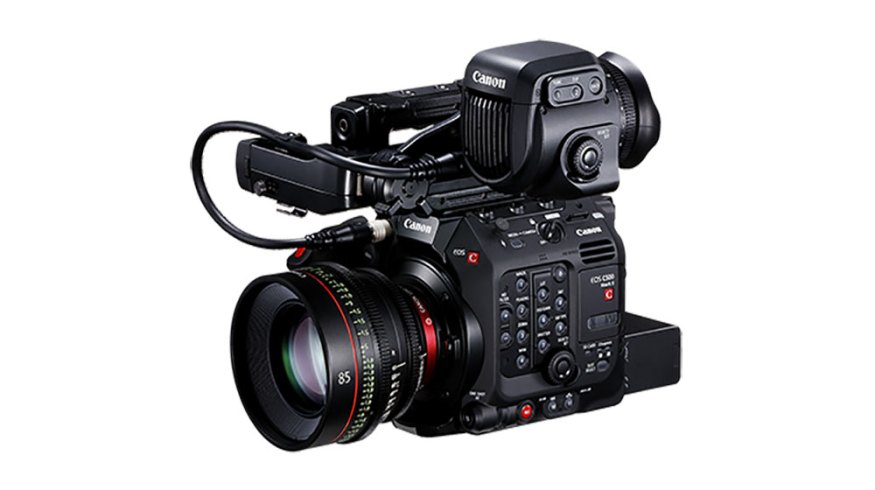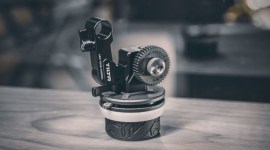
The Battle for the Mid-Tier Cinema Camera Market: C500 Mark II Vs. FX9
For documentary, non-scripted, corporate, and reality work, the FS7 and C300 MII remain the top choices for filmmakers, owner-operators, and producers.
Canon and Sony have long been battling for the title of Best Mid-Tier Cinema Camera System. However, both manufacturers have introduced new full-frame cameras, making this competition even more intense. The new Canon C500 Mark II and Sony FX9 are bound to find their way onto sets and productions everywhere. Will one of these camera systems reign supreme? Let’s take a look at some of the most promising and exciting features of each system.
Sensor and Resolution
Canon C500 Mark II
The new Canon C500 Mark II is a 5.9K full-frame cinema camera. Canon’s new-ish full-frame sensor (also offered on the C700 FF) gives filmmakers a more detailed image, with an even shallower depth of field. The 38.1 x 20.1 mm sensor offers an impressive fifteen stops of dynamic range. With the ability to record 5.9K RAW internally, the camera can record plenty of data for most productions.
Sony FX9
Sony hit the market at nearly the same time with their full-frame mid-tier option. The Sony FX9 is also a full-frame sensor camera with a 6K oversample for a final 4K output. Their 35.7 x 18.8 mm sensor is also equipped with fifteen stops of dynamic range. This camera is ready for any lighting situation you toss it into.
When we start jumping outside of sensors and resolution, we begin to see the biggest differences between these two cameras.
Frame Rates
One of the biggest differences between the C300 Mark II and FS7 were the frame rates in correspondence to resolution. Canon’s previous option — the C300 Mark II — wasn’t capable of 60 fps at 4K. This was a major reason why so many productions adopted an FS7 workflow. They wanted the capability of a true 4K deliverable, while still being able to have a 60 fps over-crank. Let’s take a look at what each camera’s now offering in terms of frame rates.
C300 Mark II
One of the biggest pain points of the C300 Mark II was the inability to record 60 fps at 4K. However, this issue has been resolved with the C500 Mark II, which is now capable of 60 fps at a full 4K, utilizing the entire full-frame sensor. Higher frame rates are available but in lower resolutions.
FX9
Along with being capable of 60 fps at 4K (but currently only in a Super 35 crop), the FX9 is slated to feature a future firmware update, taking the capabilities of the camera up to 120 fps at 4K, internally. This 120 fps competitive advantage over the C500 MII may just give the FX9 that much more of an advantage over the C500 MII, to sway productions.
Image Stabilization
One unique offering — new to this tier of cameras — is the image stabilization capabilities. Both the FX9 and C500 Mark II offer advanced image stabilization capabilities. However, there are major differences between the two.
The C500 Mark II offers a 5-axis electronic stabilization that’s fully in-camera.
The Sony FX9 offers gimbal-like stabilization, as well. However, the stabilization has to happen in post-production, with the FX9 utilizing their Sony Catalyst Browse/Catalyst Prepare software.
This new feature — across both cameras — allows hand-held shot productions to get more gimbal-like shots, without all the cumbersome extra equipment. This feature will, without a doubt, elevate many productions, allowing filmmakers everywhere much more creativity.
Overall, both Sony and Canon are introducing new and exciting camera systems into the mid-tier cinema camera market. Both of these cameras will easily find their place onto a lot of productions, in the very near future. Only time and experience on set will tell if one of these cameras will claim the title of best mid-tier cinema camera.
Cover image via Canon.
Looking for more on cameras and video gear? Check out these articles.






